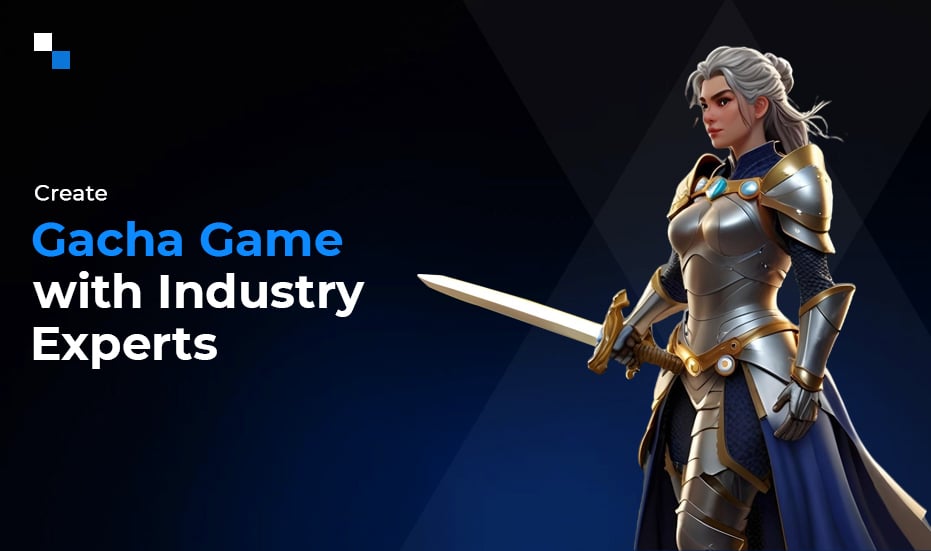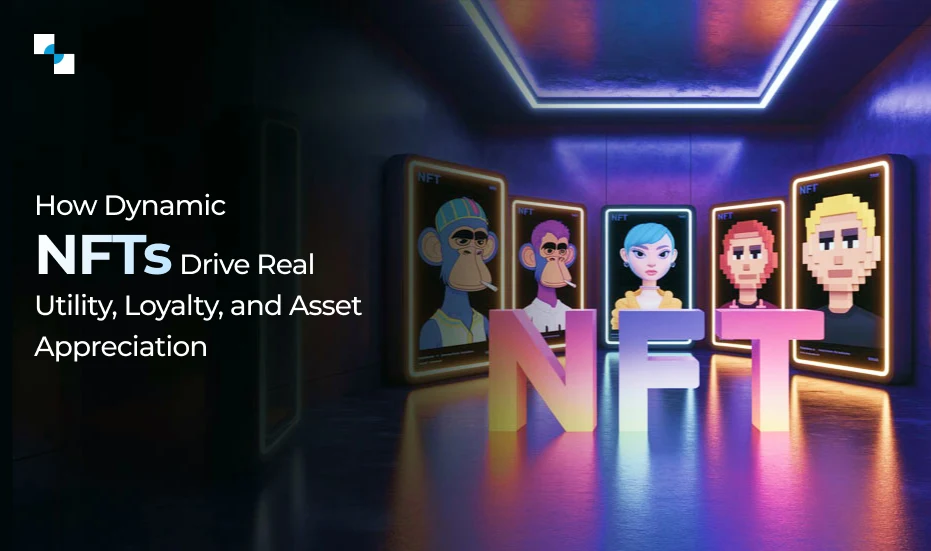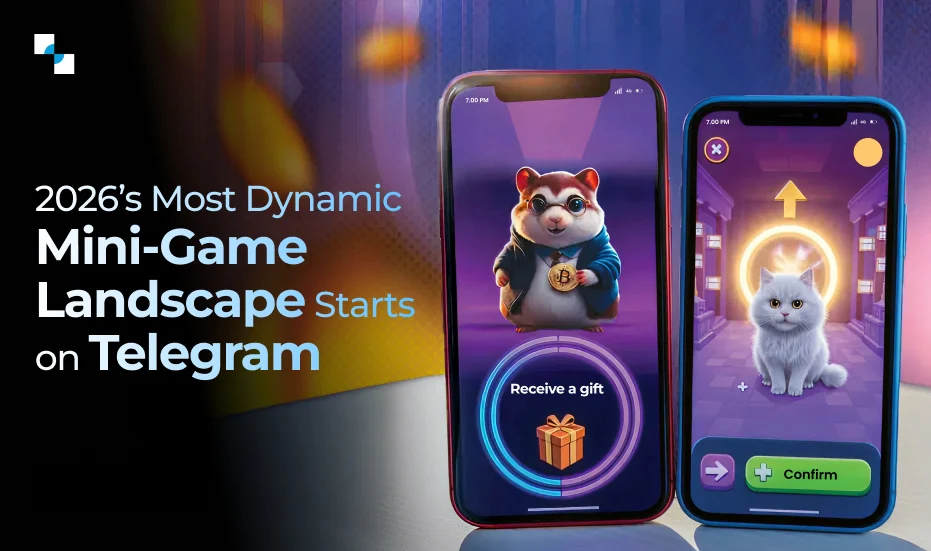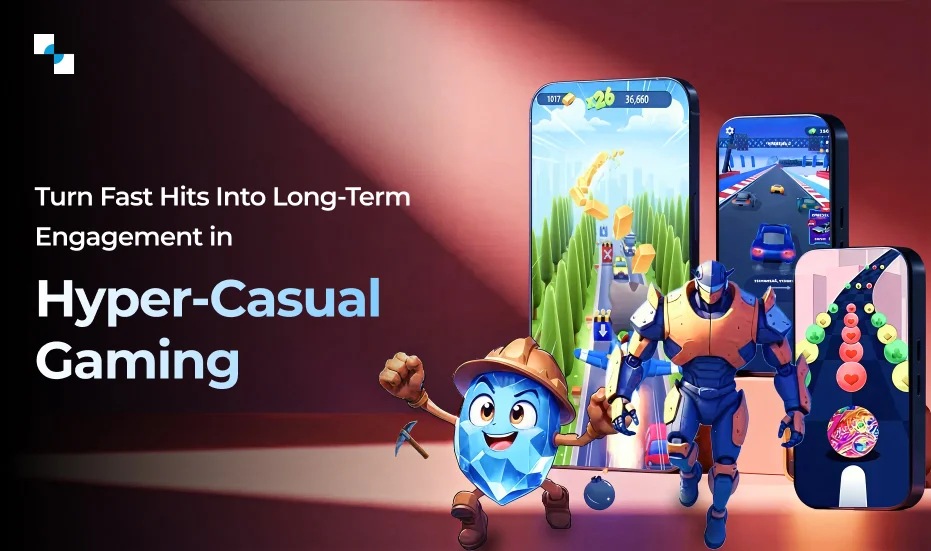Gacha games are one of the biggest phenomena in the gaming world, particularly within mobile platforms. This originated in Japan, and the term “gacha” itself is a term for mechanics similar to those of capsule-toy vending machines where players spend their in-game currency for random rewards, such as characters or items. This model enhances player engagement due to its element of chance but encourages ongoing spending since players look for rare and powerful assets. As gacha games keep evolving, it’s essential to understand their mechanics, popular titles, and what benefits develop such games create for developers and players alike.
What Makes Gacha Games So Addictive and Profitable?
Gacha games are designed to be built on anticipation, luck, and collectible mechanics—they are created to keep a player in play longer and maximize repeat purchases. For any discerning Gacha game developer, understanding and utilizing these aspects of engagement means you’ll be creating a product that is both engaging and financially rewarding.
Here’s why Gacha games are a better option for both retention and monetization than the typical games:
1. Anticipation of Rewards by Randomized Pulls
The enjoyment of Gacha games is primarily due to their unpredictable nature. Players enjoy anticipation of getting something great, such as a rare or legendary item, which makes them engaged and keeps them coming back.
2. Tiers of Rarity and Scarcity
Items or characters acquired from Gacha game development are typically divided into common, rare, and ultra-rare. With scarcity structured in this way, users like to “try” and make the Gacha pull experience repeatable, evident through their conversion of in-app purchases.
3. Timed Campaigns for Drops
Timed drops during campaigns and seasons drive interest and urgency to impulse engage—particularly when partnered with limited or exclusive NFTs or blockchain rewards.
4. Collection Motivation and Completion
Gacha game development is prime for the player’s collector’s instinct. Players are motivated to complete sets, evolve characters, or collect entire collections, which can lead to an emotionally invested player.
5. Freemium Model with Optional Microtransactions
Users may engage for free but find further incentives to purchase premium pulls or in-game currency. This model allows for widespread adoption while allowing a great ROI.
6. Blockchain components for ownership and transparency
Modern Gacha game developers are incorporating blockchain components to establish verifiable drop rates, true ownership of assets and peer to peer trading, thus increasing trust of the player and potentially elevating long-term asset value.
Popular Gacha Games
Several gacha games have become a huge phenomenon, attracting millions of players from around the globe. There are many games that top this list; some examples include:
- Raid Shadow Legends: A gorgeous RPG that crosses over on PC and mobile and has numerous heroes to collect.
- Genshin Impact: An action RPG with a vast open world that calls upon players to explore the same while collecting thousands of characters.
- Honkai Star Rail: A gacha game where players control the Trailblazer, roll for characters with special abilities, and unravel an interesting story along the way.
- AFK Arena: Famous among free-to-play players as being fair, this features a large cast of original characters.
- Arknights: A strategic tower defence game that combines traditional mechanics of gacha with unique gameplay features.
- Dragon Ball Legends: It enables players to create powerful teams of their favorite characters in the Dragon Ball franchise.
- Pokémon Masters: It is an official Pokémon gacha game where a player collects sync pairs of trainers and Pokémon.
These games are examples of how gacha mechanics can make the gameplay and enhance retention among players, hence the potential for gacha game development in the world of developers and players. Any aspiring gacha game developer would be wise to know these things to create hits in this booming genre.
How a Gacha Game Works?
A gacha game is rather simple in its mechanism yet fun: Players “pull” or “roll” for random rewards by using in-game currency. Each gacha has specific drop rates determining the likelihood of obtaining various items or characters, often categorized by rarity. Players can earn in-game currency through gameplay or purchase it with real money to increase their chances of acquiring desired rewards. The rarity of the gacha system creates excitement and encourages repeated attempts to obtain rare items, making it a central feature of many mobile role-playing games.
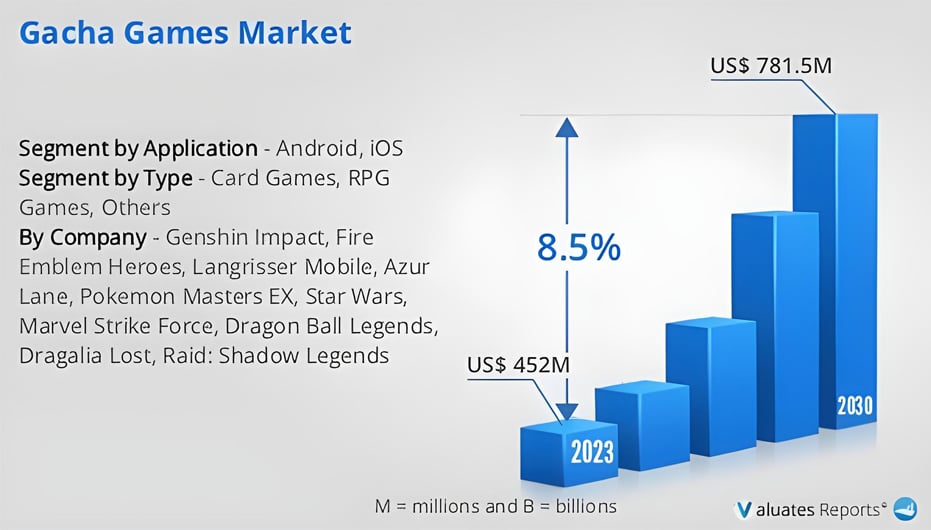
Benefits of Gacha Game Development
Gacha games represent a distinctive combination of gameplay mechanics and monetization strategies, with the following advantages for developers:
1. Strong Monetization
- Premium Currency: The purchase of in-game currency with real money creates a steady revenue stream; the currency is then used to make “pulls” on the gacha game system
- Microtransactions: Various packages for acquiring small quantities of in-game currency at different price points allow developers to reach diverse spending habits.
- Subscription Models: Some games offer optional subscriptions, giving players exclusive benefits such as increased daily rewards or premium features.
2. Engaging Gameplay Loop
- Anticipation and Thrill: The element of chance is what keeps players hooked. There is always the hope that the next item drawn will be rare and powerful.
- Long-term Engagement: The pursuit of completing collections, acquiring specific characters, or maximizing team strength compels players to keep returning to the game regularly.
- Social Interaction: Gacha game development contains features to include socialization, such as guilds, trading, and competitive leaderboards, to engage players in social interactions.
3. Creative Flexibility
- Variety of Themes and Genres: Gachas can be applied to a variety of game genres, including RPGs and card games, puzzle games, and even sports simulations.
- Constant Updates and Expansions: Developers will continue to introduce new characters, items, and events and maintain the game fresh and appealing over the long term.
- Cross-Promotional Opportunities: A Gacha game can serve to promote other franchises or IPs, such as an anime, manga, or movie, thus enabling the creation of exciting collaterals and increasing reach for the game.
4. Data-Driven Development
- Player Behavior Analysis: Gacha game development produces a huge amount of player data, which can be used to analyze player behavior, popular features, and make informed decisions about game design and updates.
- A/B Testing: Developers can test different gacha rates, item pools, and promotional offers to optimize player engagement and revenue.

Steps to Create Gacha Game
Below are the steps to flawless gacha game development:
1. Concept & Core Gameplay:
- Define Your Gacha:
- Core Mechanic: What will players collect? Characters, weapons, items, pets?
- Rarity System: How will you categorize items by value (e.g., 1-star to 5-star)?
- Gacha Pools: Will you have different pools with varying drop rates?
- Game Genre:
- RPG, Card Battle, Puzzle, Strategy, etc.
- Gameplay Loop: How will players use their collected items? Combat, team building, collection, customization?
- Story & World-Building:
- Narrative: Create a compelling story or setting to immerse players.
- Characters: Design unique characters with distinct personalities and backstories.
2. Gacha System Design:
- Drop Rates:
- Determine probabilities: Clearly define the drop rates for each item rarity.
- Pity System: Implement a system that guarantees a rare item after a certain number of pulls (e.g., every 100 pulls).
- Rate-Up Banners: Introduce limited-time banners that increase the drop rates of specific characters or items.
- Currency:
- In-Game Currency: How will players earn in-game currency through gameplay?
- Premium Currency: How will players purchase premium currency with real money?
3. Gacha Game Development:
- Choose a Game Engine:
- Unity, Unreal Engine, or other suitable engines.
- Team Building:
- Assemble a team of developers: Programmers, artists, designers, sound engineers.
- Art & Design:
- Character Design: Create visually appealing and unique character designs.
- World Design: Design the game world and environments.
- User Interface (UI): Design an intuitive and user-friendly UI.
- Programming:
- Gacha System Implementation: Program the core gacha mechanics, drop rates, and pity systems.
- Gameplay Mechanics: Implement all game mechanics, such as combat, movement, and interactions.
- Backend Systems: Develop server-side systems for player data, matchmaking, and in-app purchases.
4. Testing & Iteration
- Alpha & Beta Testing:
- Gather player feedback: Test the game with a limited number of players and gather feedback on gameplay, balance, and user experience.
- Bug Fixing: Identify and fix any bugs or issues encountered during testing.
- Balancing:
- Adjust drop rates: Fine-tune drop rates based on player feedback and data analysis.
- Gameplay Tuning: Balance gameplay difficulty and progression.
- Post-Launch Support:
- Regular Updates: Release regular updates with new content, events, and features.
- Community Engagement: Interact with the player community and address their concerns.
5. Monetization & Marketing:
- Monetization Strategy:
- Implement a fair and balanced monetization model.
- Consider various monetization methods: In-app purchases, subscriptions, and advertisements.
- Marketing & Launch:
- Create a marketing plan: Utilize social media, influencers, and other channels to promote your game.
- Launch the game:
- App Store Optimization (ASO): Optimize your game’s listing on app stores.
- Launch Event: Plan a launch event to generate excitement and attract players.
Want to Monetize Smartly? Tokenomics Tips You Can’t Ignore
Monetization in Gacha based games expands beyond microtransactions and paid pulls. As the gaming industry moves toward tokenized ecosystems enabled by blockchain, Gacha game developers need to adopt clever models of tokenomics to bring player engagement together with sustainable economic design. From dual token structures to deflationary supply mechanics, truly modern tokenomics not only allow in-game purchases, but also long-term player retention and platform growth.
Below are fundamental tokenomics best practices all game developers and their strategists should be thinking about:
1. Design a Dual Token Economy
Launch two tokens. One utility token that is used for in-game actions, and one governance or premium token with a fixed supply. This distinction allows for economic balance and is a safety net against inflation.
2. Introduce Deflationary Mechanics
Have players burn tokens any time they pull, upgrade, or trade components of the game. This method reduces the circulating supply which can be advantageous in the long-term. Decreasing the total supply of tokens via deflationary mechanics can help stabilize or maintain the token price as the supply becomes fixed.
3. Create Earnable Tokens Inside the Game
Have players earn tokens for completing missions, campaign or seasonal battle events, etc. This new in-game economy will create incentive loops and give intrinsic value to earn for participating in the game.
4. Allow NFTs with Utility to Mesh with Tokens
Integrate NFTs with token staking, borrowing/renting, and boosting. Allow players potential passive income with character staking or enhance their odds while pulling gacha by offering them a portion of the percentages when they intend to gacha.
5. Create a treasury or liquidity pool for ecosystem stability
Designate a portion of revenues to a decentralized treasury that will be utilized for the maintenance of games, project updates, rewards, and community incentives, building a healthy project in the long-term.
6. Promote token sinks
There should be many methods for the tokens to exit the ecosystem through things like cosmetic upgrades, reroll, power-ups or draws for a limited time that don’t disrupt gameplay balance.
When implemented well, tokenomics can become the foundation of a Gacha game’s value in Web3. It can turn casual players into loyal contributors and in-game engagement can become a full economy. Simply put, for any Gacha game developer looking to scale your profitably while cultivating trust and utility for your community, stubbed tokenomics are not negotiable, they are essential.
Hire a Certified Gacha Game Developer | Antier
Elevate your game development project with Antier-the leading gacha game development company focused on providing the best gaming experiences for players. Our qualified staff specializes in using the most powerful tech to design and develop engaging gacha games that capture the audience’s attention and lead them toward monetization. With a good grasp of the gacha system, we incorporate diverse content and innovative mechanics to ensure every player will have a thrilling experience while exploring different rewards.
At Antier, we deliver a full range of services that are tailored to your requirements, from concept creation to blockchain integration and smart contract development. We ensure that not only does your game pass the test of the market but also stands out as a winner in the ever-competitive gaming industry. Partner with us today to unlock the full potential of your gacha game with a trusted gacha game developer that prioritizes innovation, player engagement, and lasting success.


